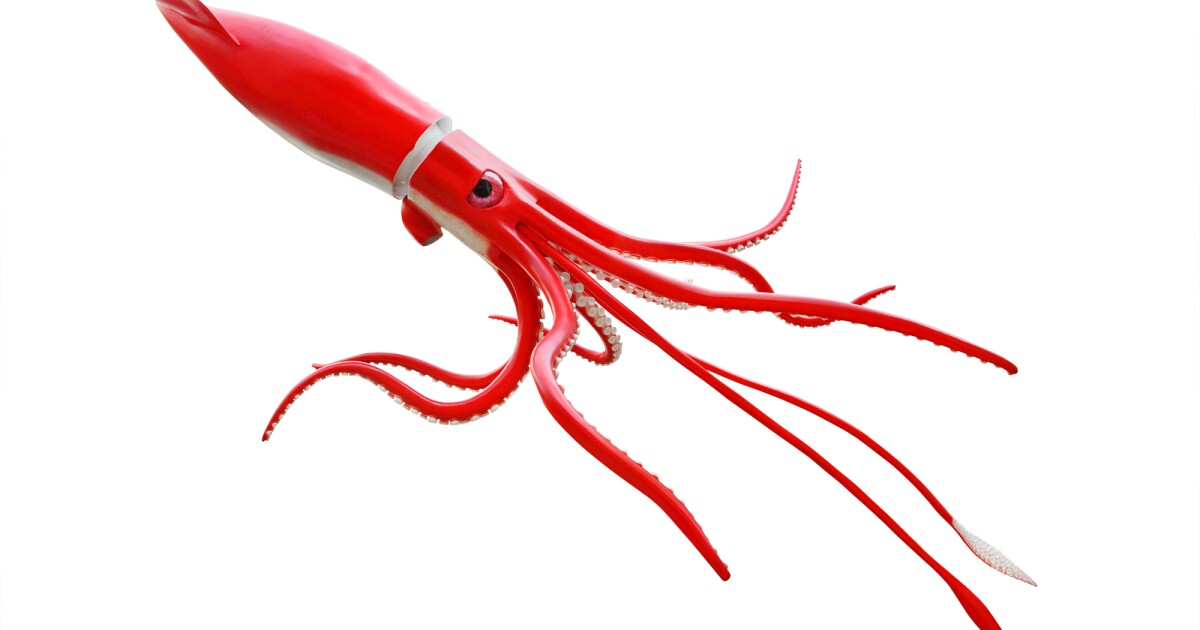Studies have discovered an adaptable composite material inspired by squid skin that can shield drinking cups, eatery to-go sacks, package crates, and sometimes even freight boxes. The breakthrough is a fiberglass reinforced polymer coating that reflects thermal radiation. Researchers have described large-area nanocomposites that control the heat using customizable structural steel that may reversibly detach from one another and reassemble under varying strain rates in a recent report released in Nature Sustainability.
“The process is similar to chromatophore changes in pressure in squid tissue, which changes the reflection and absorption of light waves.” The scientists’ invention of cost-effective production technology for their composite material at implementation proportions was a crucial achievement in this study. As per the report, the natural resources for copper and rubber start at approximately a cent per square meter and are often decreased by the economy of scale. The team’s manufacturing method includes putting a copper film onto a recyclable substrate, such as aluminum foil, and then spraying several polymer layers onto the copper film, which can be done in practically any batch size conceivable.

The proposed method and economies of scale should allow the composite material to be employed in a wide variety of applications, from coffee cup cozy up to tents, or in any vessel requiring adjustable temperature management. According to lead author Mohsin Badshah, a former postdoctoral fellow in chemical and biomolecular engineering, the creation would be kind to the environment. “The composite material may be recovered in bulk by extracting the copper with vinegar and repurposing the remaining stretchy polymer utilizing commercially available processes.”

Under standardized testing settings, they were also able to accomplish a 20-fold modulation of infrared photons permeability and a 30-fold control of heat fluxes. Even with high degrees of mechanical distortion and repetitive mechanical cycling, the durable material performed wonderfully. Since the thermoform substance was evaluated with copper as the internal lining contacting the wearer’s skin, it kept the person warm when compacted by retaining body heat. However, if the material was folded, it would keep the temperature out, similar to a slick sun cover installed on a car window, according to Gorodetsky.


